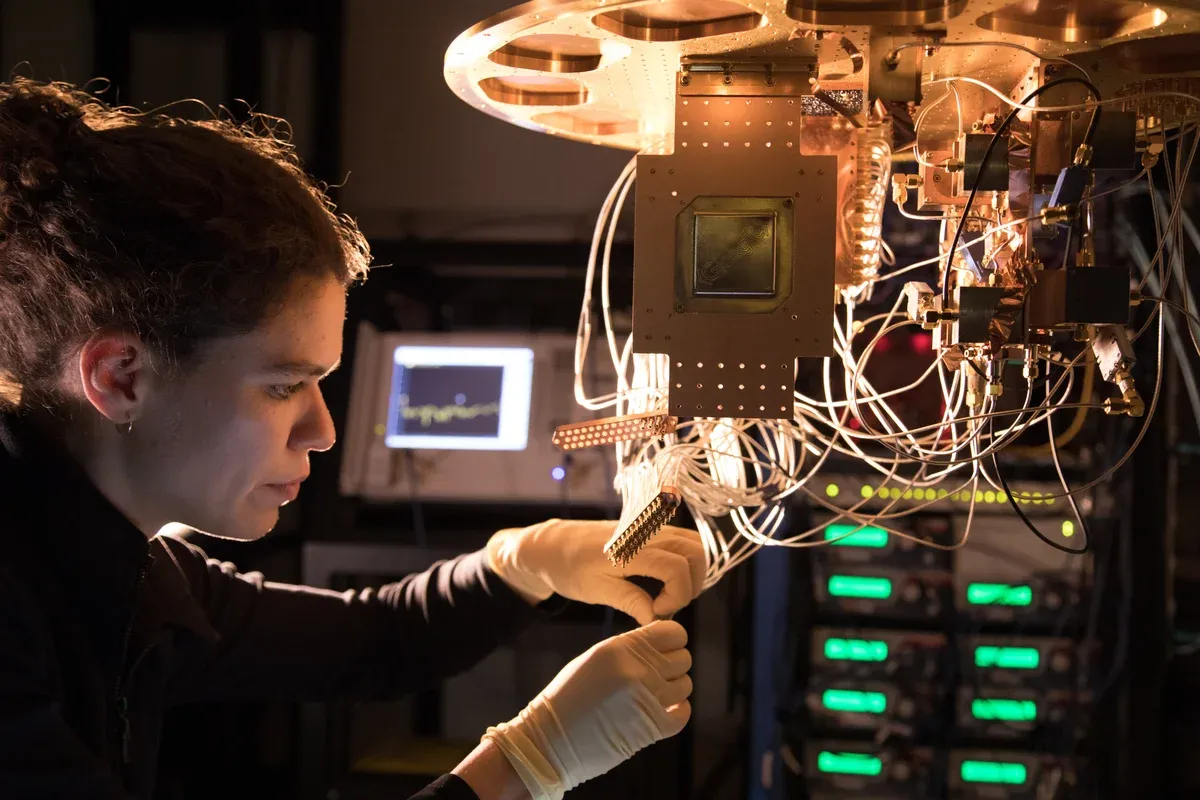In an unprecedented scientific breakthrough at Oxford University, a team led by physicist Dougal Main has successfully demonstrated teleportation between quantum computers. This revolutionary experiment involved transferring quantum states across a mere two meters but has vast implications for the future scalability of quantum technologies. Here’s how this pioneering research is set to transform the computing landscape.

Quantum Computers: A Primer
At the heart of this breakthrough is the concept of quantum teleportation, which differs vastly from the sci-fi trope of instantaneously transporting matter through space. Instead, quantum teleportation deals with the transmission of information through quantum states.
Quantum states are the indefinable properties of particles, existing in a superposition of multiple possibilities until measured. By entangling these states between objects—no matter the distance—and conducting precise measurements, information about one entangled object can instantaneously influence its partner, effectively teleporting the quantum state without physically moving the object itself.
“Dougal Main and his team have shifted the focus from mere theory to tangible practice by interlinking distant quantum systems to function cohesively,” Main explained.

Beyond the Lab: Practical Applications and Future Prospects
Unlike traditional computers, which process data in binary bits (zeros and ones), quantum computers utilize qubits. Qubits operate in superpositions, allowing them to perform multiple calculations simultaneously. This ability makes quantum computing exceptionally powerful for certain types of computations, like factoring large numbers, optimizing large systems, and simulating molecular structures.
However, quantum computing faces significant challenges, particularly in scaling up the number of qubits due to error rates and interference from the environment. This is where the concept of teleportation comes into play, allowing for the expansion of quantum networks without loss of information integrity.
The Oxford experiment achieved a fidelity of 86% in replicating the quantum state post-teleportation, with the efficiency of executing Grover’s algorithm at 71%. While these numbers may not seem perfect, they represent a monumental achievement in quantum computing.
“The use of photonic links to connect quantum modules offers unprecedented flexibility,” Main remarked. This modular approach allows for the upgrading or swapping of components without the need to overhaul the entire system, paving the way for more robust and adaptable quantum networks.

Looking ahead, the possibilities are endless. Quantum networks could revolutionize data security, enhance precision in scientific measurements, and even facilitate new ways to explore quantum mechanics itself.
This groundbreaking research not only demonstrates the practicality of quantum teleportation but also sets the stage for the next generation of quantum computing infrastructure. As we continue to unravel the mysteries of quantum mechanics, the teleportation of quantum states between computers marks a significant stride towards a future where quantum computing is not just a theoretical marvel but a practical reality.










